I learned how to fish alongside my grandfather.
A resident of Centre County, he is a lifelong fisherman. He loves fly fishing while teaching others about the importance of conserving our natural resources.
I attribute much of my love for the environment to him and our shared experiences in the outdoors.
My grandfather now uses a walker. He thought he would never get to fish again, something that has given him immense joy in his life. He found accessible fishing piers at his favorite spot to fish and cast a line from it for the first time this summer.
Outdoors for Everyone
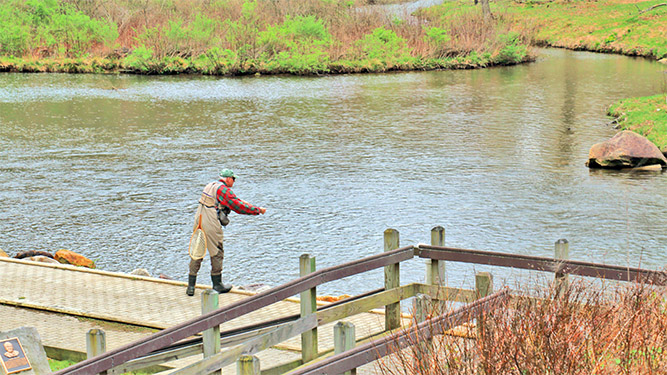
My grandfather’s story is like many others -- people who had to give up something they loved because of a disability.
The lack of infrastructure to support people with disabilities in outdoor spaces can be a challenge.
Many of us have people in our lives who have some form of disability.
Whether these are physical, mental, cognitive, sensory or beyond, they deserve attention when planning and implementing outdoor recreation resources.
“Access isn’t about making things easy but making them possible. The benefits we get from being on a trail, from outdoor recreation, come from spending quality time with friends and family, from learning and discovery as we move through a space, from challenging ourselves and finding satisfaction in a sense of accomplishment,” said Pennsylvania’s Director of Outdoor Recreation Nathan Reigner. “Accessible outdoor recreation provides access to all for these experiences, not just to trails as pieces of infrastructure or parks as geographic places.”
Beyond the Short Paved Trail
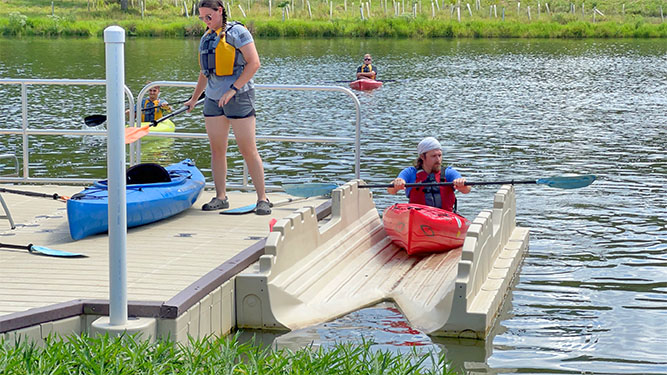
Through operable outdoor recreation infrastructure that considers all abilities, everyone will get to experience the incredible joy of fishing, hiking, paddling, biking, or whatever recreation satisfies them.
This feeling that people experience in nature brings back the sentiment of waiting for the tug of the fishing line next to people you love.
The Americans with Disabilities Act (ADA) set standards for accessibility, a sort of lowest common denominator for facility design.
When infrastructure for people with disabilities is based simply on the requirement for ADA, the resulting recreation experiences fall at the least dangerous and challenging option.
This itself builds an artificial barrier to realizing the feelings of accomplishment, satisfaction, and empowerment that are primary motivations for outdoor recreation.
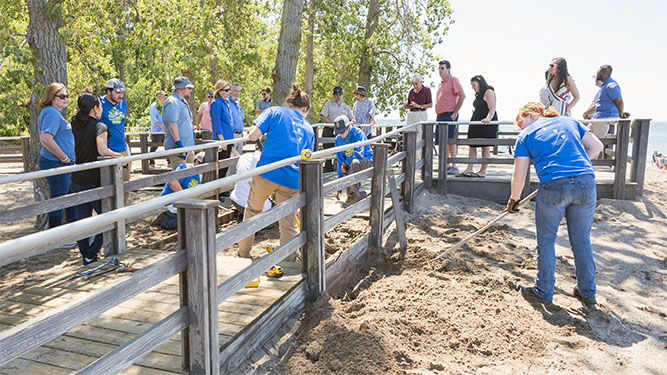
Short, straight, flat, and smooth paved trails in natural areas aren’t enough. Wide and inclined trails that meander through forests provide people with disabilities the benefits of outdoor recreation without sacrificing safety and ability.
This allows people with disabilities to feel satisfied and challenged in their outdoor experiences.
Samantha Twining uses a wheelchair and wants to spend time deep in the woods.
She says she and her friends often struggle to find trails to use with her friends that they will all like because they are not flat or wide enough for a wheelchair or fun enough for people looking for a challenge.
Twining misses being able to connect with herself and others on trails in the forest.
“The unfortunate misconception is that people in wheelchairs don’t do anything – it is because they don’t have access” Twining said in a meeting.
Expanding Accessible Outdoor Recreation Opportunities
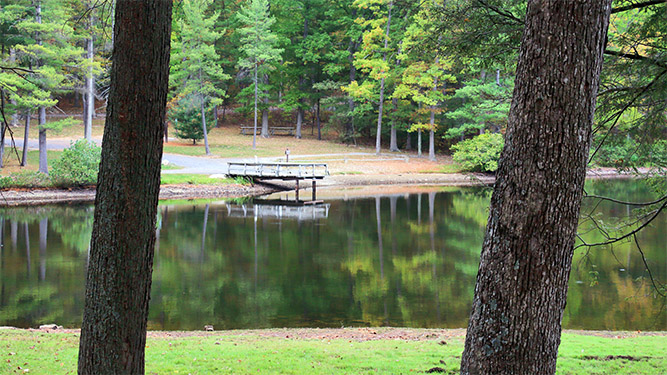
People, regardless of their abilities, derive more benefits from doing activities rather than simply being in the outdoors.
Outdoor recreation should benefit all people and their preferences. Some people may choose to take the easy, paved path at their local park and listen to the birds call whereas some would prefer an eight-mile loop on a trail they have never ventured on.
There is a host of infrastructure gaps that inhibit people, like Twining and my grandfather, from experiencing the vast mental, physical, and social benefits of the outdoors.
We need to see the ability in all people and create challenging infrastructure that targets the many benefits of outdoor recreation.
In doing this, everyone can experience the incredible satisfaction of fishing for the first time again and the joy that outdoor recreation offers everyone.
Where to Find Accessible Recreation
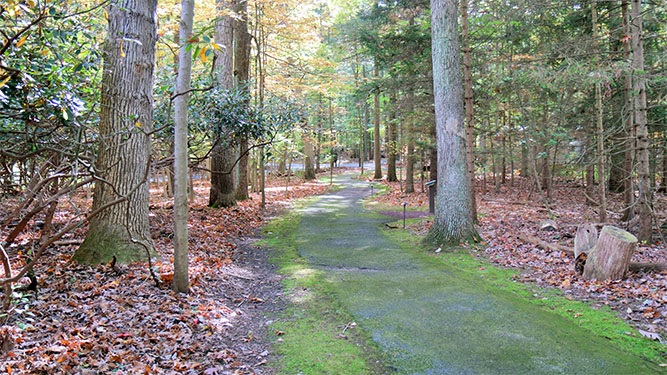
Many ADA accessible opportunities are listed under the various recreation pages of individual state parks and state forests.
Another tool to find accessible opportunities is DCNR’s interactive map, which has a link and filter to search for ADA accessible amenities and recreation opportunities.
The goal of Pennsylvania's 2020-2024 Statewide Comprehensive Outdoor Recreation Plan -- Recreation for All -- is to help all Pennsylvanians achieve greater access and enjoyment from experiences in the commonwealth's abundance of local and state parks, state and national forests, trails, rivers, lakes, game lands, and other recreation spaces.